The pain of inflation for people trying to make ends meet
Consumer prices have jumped considerably over the past year, with the inflation rate hitting a 40-year high in the U.S. – these higher costs are particularly hitting lower-income people around Wisconsin.
By Nathan Denzin | Here & Now
July 22, 2022
People in the Midwest have grappled with higher costs for everything over the last year, as prices have increased more than 9%. Low-income families have been hit hardest, as the price of essential products continues to increase.
Take, for example, the price of ground beef. That’s gone up from about $4 per pound in June 2021 to $4.79 a pound in June 2022. The price of a gallon of milk has increased from $4 to over $5. Groceries in general have increased 15% to 18% — price hikes that together take a toll.
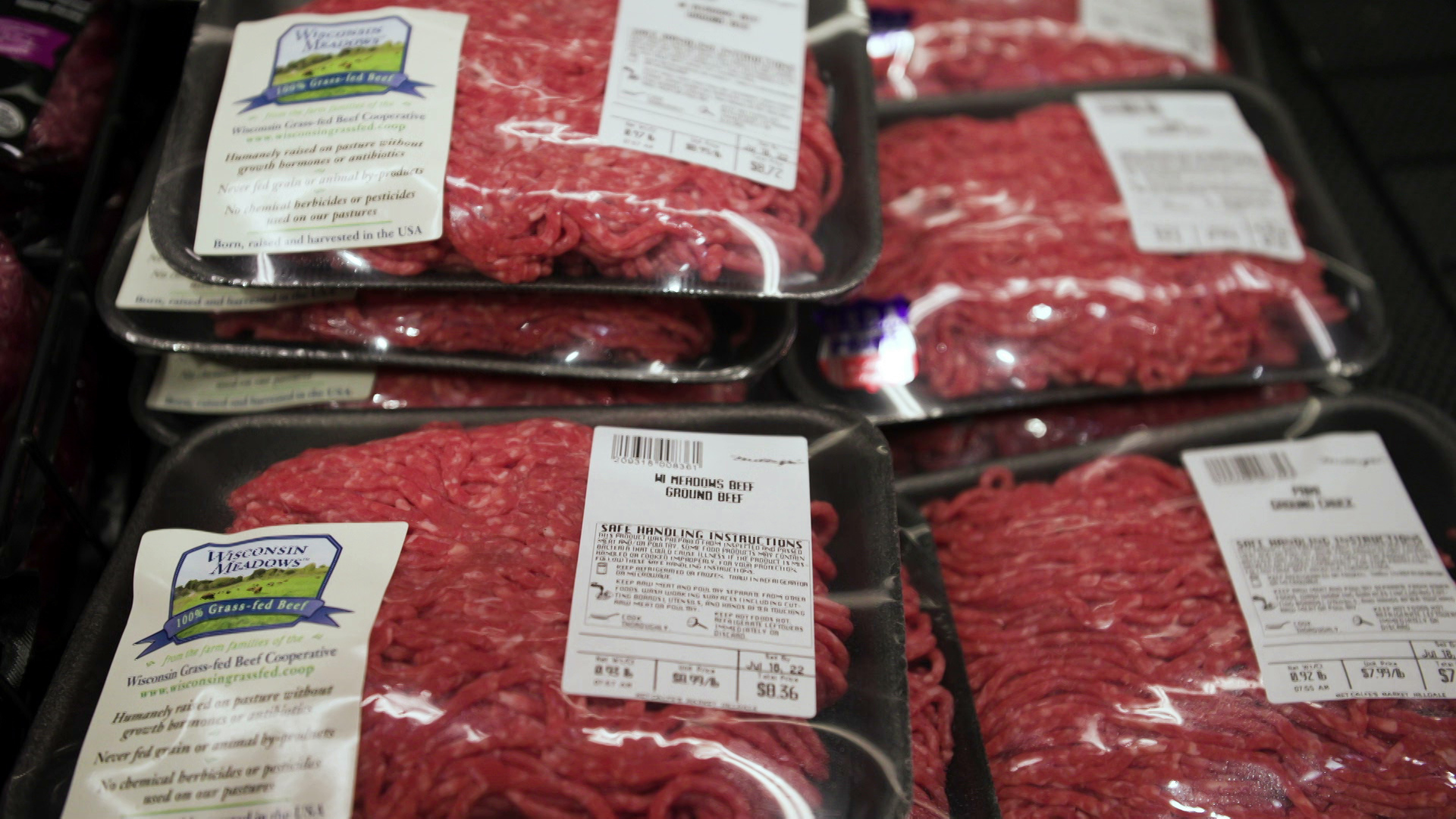
Over the course of a year, the average price of a pound of ground beef has increased by nearly 20%. (Credit: PBS Wisconsin)
But, high inflation has impacted transportation and energy costs even more. Gas prices have increased dramatically in the last year. Utility costs are also up between 17% and 36%.
“As we talk about inflation, I think sometimes we hear about the price of houses or the price of big things, but little stuff that really hurts low-income families,” said J. Michael Collins, a professor at the University of Wisconsin-Madison La Follette School of Public Affairs who studies consumer decision making. “If you think about an extra $2.50 for a gallon of gas or an extra dollar for a gallon of milk, those things just start to add up because you buy them so frequently.”

J. Michael Collins, a professor of public affairs at UW-Madison, says even small increases in prices for common consumer goods add up quickly for lower-income families on tight budgets. (Credit: PBS Wisconsin)
Collins said both experts and the public have been surprised at the rapid rate of inflation, especially costs consumers can’t avoid like gas and groceries.
“The problem for low-income people’s budgets is that they’re really good at managing their budgets,” he said. “So they were already sort of right on that line of being able to make ends meet and not, so it usually means that some necessities have to go. It means not buying as much food, not buying the organic food, not buying fresh food — I mean, it’s going to be economizing in different ways.”
While the price of gas has increased, vehicle prices have risen over 15% in the last year as well. That can add extra financial strain to households who need a vehicle for work, or for day-to-day activities.
“Madison may seem like a small place, but it was kind of big,” said Edmond Shoat Jr., who moved to Madison within the last year and quickly realized he would need a vehicle to hold a job.
“I’m so used to the city life, so I needed a car to move around,” he said. “You don’t have no trains out here or nothing, so I’m like, ‘I need to get a car!'”
However, Shoat Jr. also quickly realized almost all the vehicles at local lots were unaffordable.

The cost of transportation has risen considerably, particularly when it comes to the price of used cars (Credit: PBS Wisconsin)
“I went to a few car lots, they turned me down, ran my credit score,” he said. “Most of them want ridiculous prices for cars. So I’m like, ‘You know, what am I going to do?’ I just moved out here, I need a car to move around.”
After some searching, Shoat Jr. found a program called Work ‘n Wheels, which offers zero percent loans for eligible drivers in Wisconsin. With the loan money and his personal funds combined, he was able to find a car.
“So I’m like, that’s awesome. I never — in my life experience — but it was like a godsend, blessed because I needed my car,” Shoat Jr. said.
With a new vehicle, he has been able to pick up multiple jobs to help take care of his young child.
“It worked with me getting to work — it worked with me trying to get multiple jobs. The city transit is about a 30-minute wait or 45-minute wait. But really if you drive, it’s just a 10-minute wait,” Shoat Jr. said.

After finding the price of purchasing a vehicle too expensive, Edmond Shoat Jr. found help through the Work ‘n Wheels program, which offers no interest loans for car loans. (Credit: PBS Wisconsin)
While Shoat Jr. was able to find a car, others in Wisconsin don’t have that disposable income.
“This winter is going to be a tough one for low-income families because food prices probably aren’t going to start coming down,” said Collins. “You know, they’re probably not going to ever come down, but they’re not going to be growing as fast over the winter — hopefully. But fuel prices, heating in a place like Wisconsin is going to be hard.”
So, as governments stare down a winter that will be difficult on low-income families, some tools are being used to drive down inflation.
The Federal Reserve System has implemented a hike in interest rates on loans, with the hopes of driving down consumer spending. However, experts like Collins worry about potential stagflation in the U.S. economy.
“Stagflation is really where you have two things happening simultaneously: high prices and high unemployment,” Collins explained. “Right now, we have really low unemployment, almost record low unemployment and wages. And, you know, people can get jobs that they want to, but that’s resulting in prices getting spurred up. The idea of stagflation is that the Fed or the government tries to both reduce unemployment and reduce prices at the same time — and it’s really, really hard to do.”
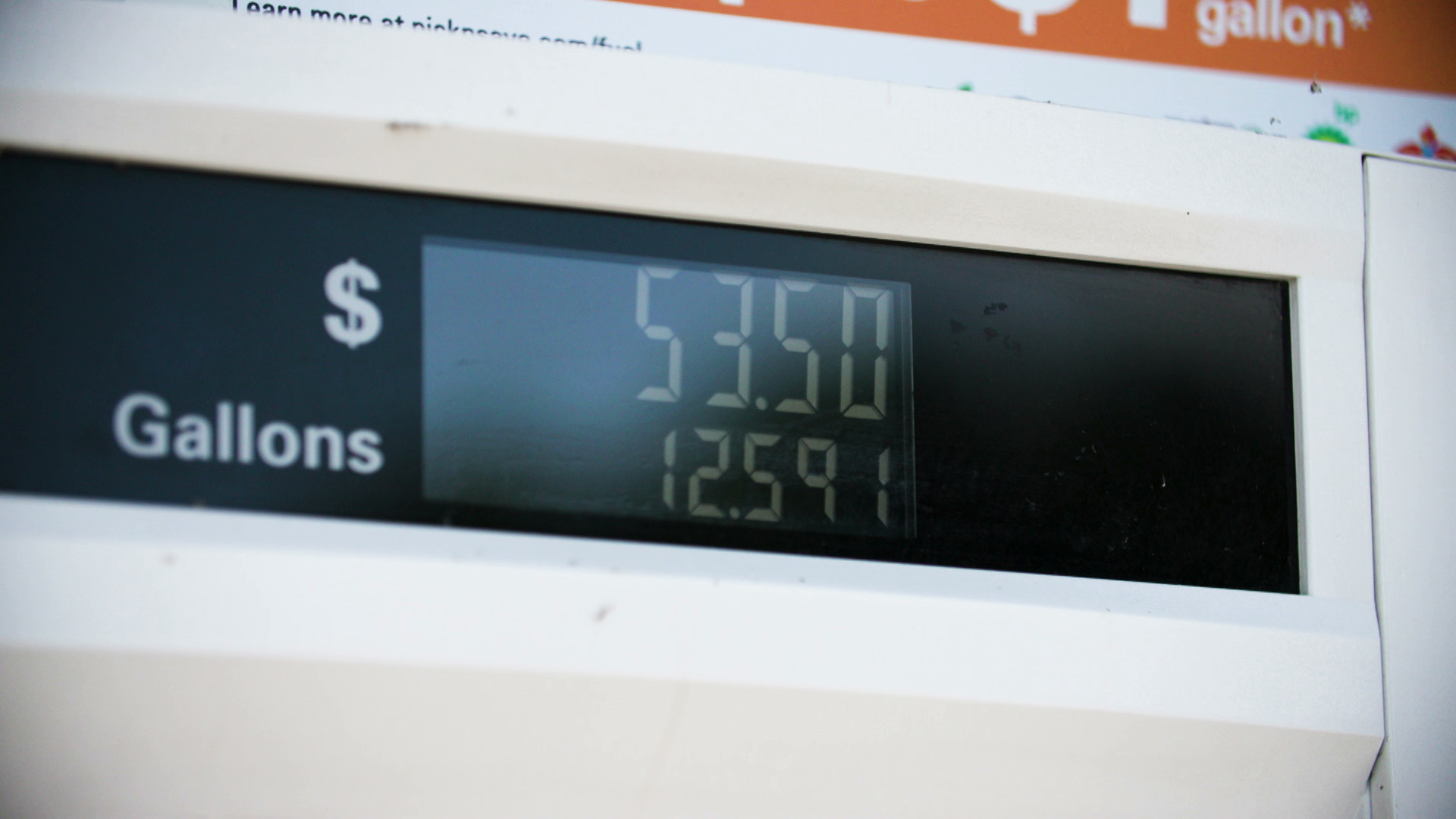
Gas prices soared over the first half of 2022, providing a very visible reminder of the inflation hitting the U.S. economy. (Credit: PBS Wisconsin)
To fight rising gas prices, Wisconsin Governor Tony Evers issued an emergency order that banned price gouging on gasoline. President Joe Biden has asked Congress twice to suspend the 18 cents per gallon federal gas tax, though that tax is still in place.
Despite relatively little action taken, gas prices have dropped in the month since their early 2022 peak at $4.92 in mid-June.
The Fed is expected to raise interest rates past 2% to try and contain spending even further. As for prices in the rest of the economy, time will tell if the government is able to curb inflation.
“We do expect prices to start coming down closer to what wages are doing,” Collins said. “But that could take a year and that could mean a tough fall and a tough winter with fuel prices and food prices high, and wages not keeping up.”
 Passport
Passport




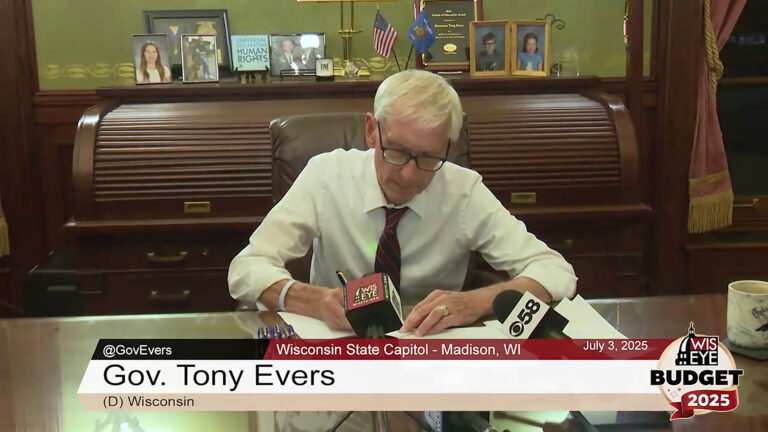


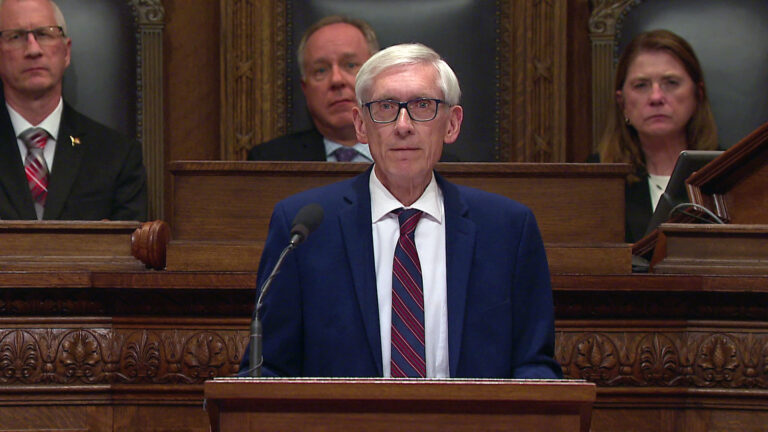
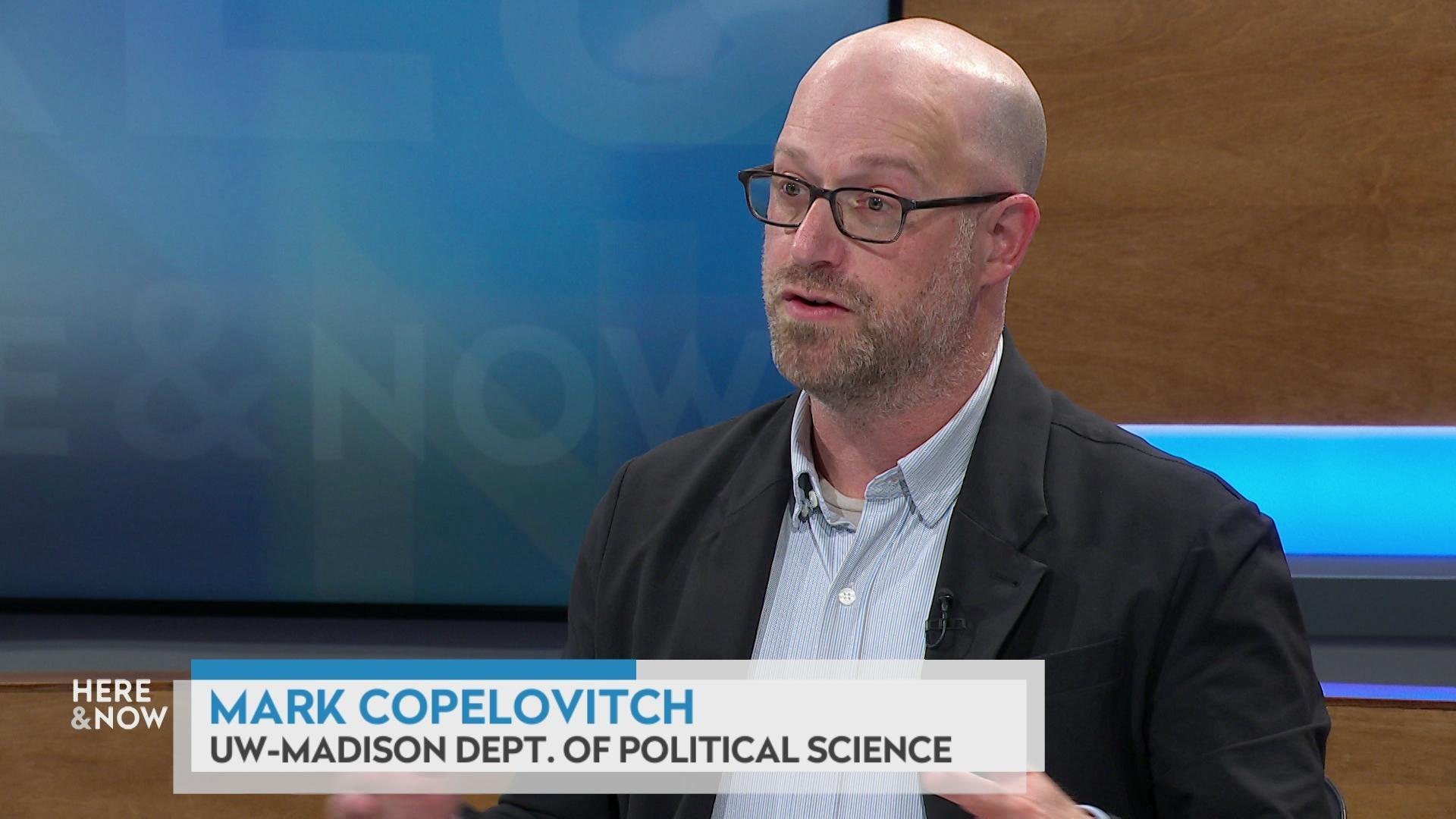
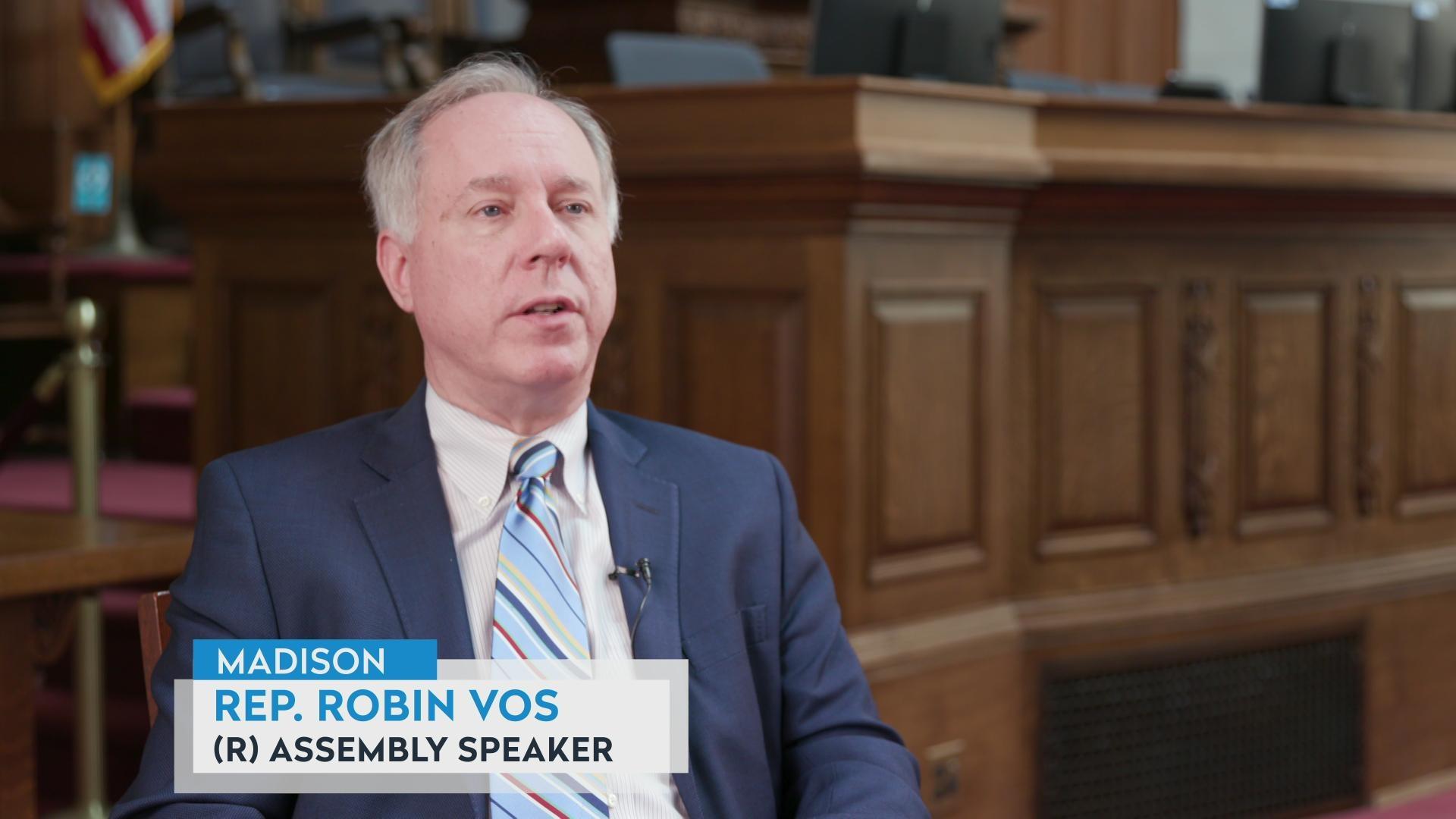

Follow Us